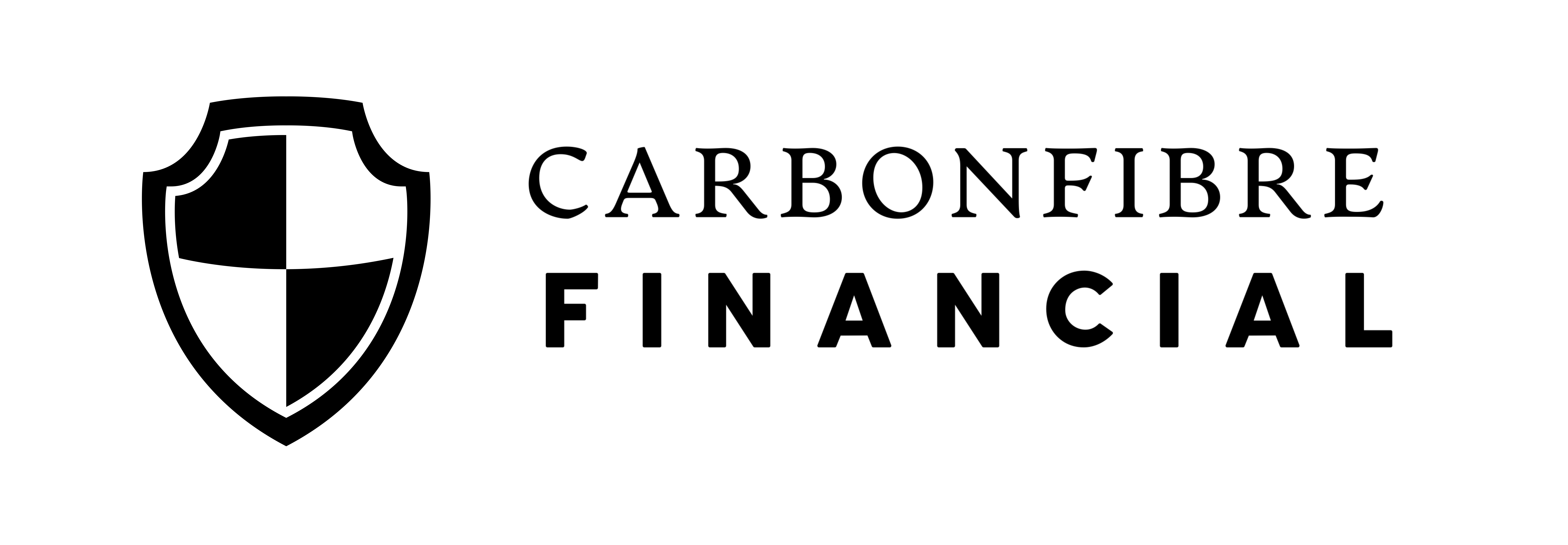PHSP vs. Traditional Health Insurance
A Comparative Analysis
Navigating the world of healthcare can be daunting, especially when faced with multiple insurance options. Among the choices available are the Private Health Services Plans (PHSP) and Traditional Health Insurance. But which one is right for you? This article breaks down the key differences to help you make an informed decision.
Definition and Structure
PHSP: A PHSP is not insurance in the typical sense. Instead, it’s a Canada Revenue Agency-approved plan that allows businesses to provide tax-free health and dental benefits to their employees. Small business owners, especially those with few or no employees, often favor PHSPs because of their flexibility.
Traditional Health Insurance: This is a standard insurance policy wherein an individual or a company pays premiums to an insurance company, which in turn pays out claims as they arise, based on the coverage selected.
Cost Implications
PHSP: Costs are directly related to the health expenses incurred. If no claims are made, no payments are due. There’s typically a set-up fee and an administrative fee for processing claims. This can be cost-effective for those who don’t have regular medical expenses but want coverage for unexpected health costs.
Traditional Health Insurance: Premiums are paid regularly, whether you use the insurance or not. These premiums can be higher than PHSP costs, especially if you rarely use medical services. However, they provide predictability in terms of budgeting.
Flexibility and Coverage
PHSP: These plans are highly flexible. Employers can set limits based on different categories, and there’s no restriction on the type of medical service (as long as it’s provided by a licensed practitioner). This means unconventional treatments might be covered.
Traditional Health Insurance: Coverage is based on the policy chosen. There may be restrictions, deductibles, and caps. Some treatments might not be covered, and there can be waiting periods for specific services.
Tax Implications
PHSP: For businesses, expenses through a PHSP are a tax deduction. For employees, the benefits received are tax-free. This can lead to significant tax savings, especially for small business owners.
Traditional Health Insurance: Premiums paid by companies are tax-deductible. However, benefits received might be taxable for employees, depending on the structure.
A PHSP can offer cost-saving advantages
Administration
PHSP: Claims processing is relatively straightforward, with many providers offering online systems. Since the business is essentially self-funding the health expenses, claims are typically paid out quickly.
Traditional Health Insurance: Claims can sometimes take longer to process. Depending on the insurance provider and the complexity of the claim, there may be additional paperwork and a more extended waiting period.
Suitability
PHSP: Best suited for small business owners, contract workers, or those with fluctuating health expenses. It’s also ideal for those looking for specific or unconventional medical coverages.
Traditional Health Insurance: Suitable for individuals or companies looking for predictable costs, broader coverage options, and the security of a large insurance body. This is especially relevant for those with regular medical needs.
Conclusion
Choosing between a PHSP and Traditional Health Insurance depends on individual needs, financial situations, and preference for flexibility vs. predictability. For small business owners or those with varied medical expenses, a PHSP can offer cost-saving advantages. However, those seeking the security of a structured plan with wide-ranging coverage might lean towards traditional insurance.
Always consult with a financial or insurance advisor to determine the best fit for your unique circumstances.

